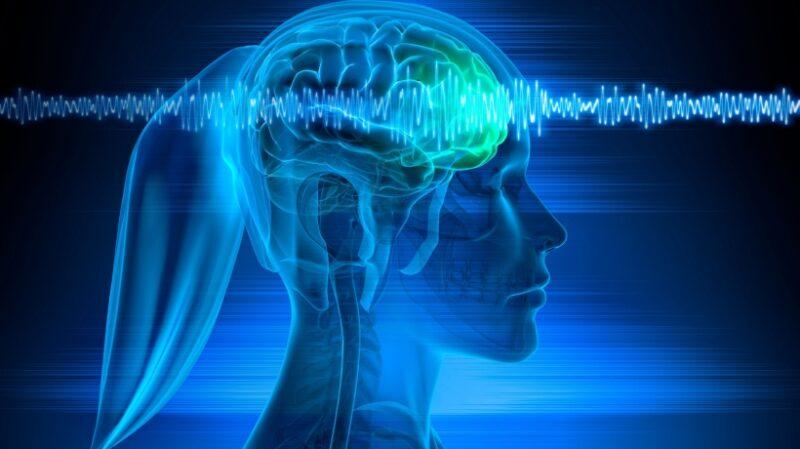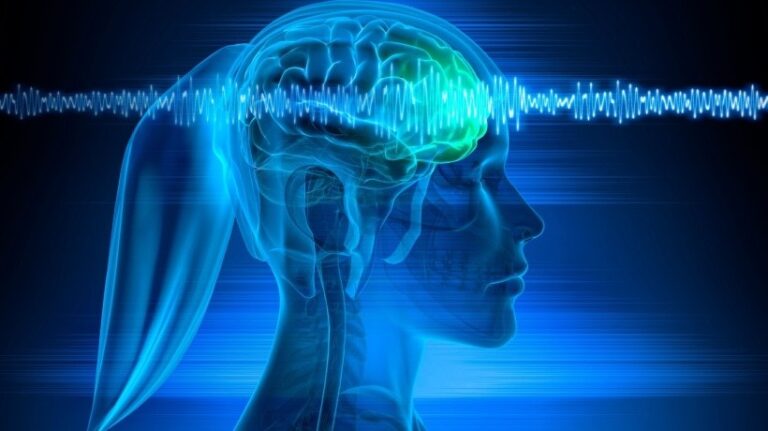
Hidden challenges in neuroadaptive learning
Education is undergoing some major changes. Classrooms are also changing as tools like neuroadaptive learning and brain-computer interfaces (BCIs) become more commonplace. It could be equipped with a learning system that recognizes when a student loses focus or finds something too difficult and instantly adjusts to help the student focus. However, this change raises important questions, as neuroadaptive learning comes with its own challenges.
Neuroadaptive learning aims to create systems that respond to our thoughts and emotions. Tools such as sensors and wearables can detect brain signals such as attention, stress, and fatigue and adapt learning materials. For example, if a student starts to lose attention, the lesson may be slowed down or simplified to keep the student focused. BCIs make this possible by connecting the brain to technology and converting brain activity into signals that computers can read. This brings us closer to personalized education, where learning is based on our minds.
But this begs the question. The same technology that tracks attention can also track emotion, effort, and stress. Who owns this data? How should it be protected? What happens if it falls into the wrong hands? There are also ethical concerns. Do you need to measure your students’ brain activity to see how they’re learning? Could this tracking make them feel anxious or judgmental? Below, we’ll consider all the challenges that come with neuroadaptive learning and see how you can alleviate them.
5+1 things to keep in mind when using neuroadaptive learning
1. Data privacy and security
When it comes to the challenge of neuroadaptive learning, the main concern is what happens to the brain data collected. Unlike regular information, brainwave signals reveal highly personal details such as attention levels, emotions, stress, and fatigue. This makes brain data one of the most sensitive pieces of information. In case of unauthorized access or hacking, there is a high risk that private neural patterns will be exposed. Companies can also misuse this data to target ads or make inferences about an individual’s skills or personality. Another big question is who owns the data. Is it the learner, the school, or the technology company? Therefore, schools and organizations must keep this data secure and use it for educational purposes only.
solution
Strong encryption and anonymization are essential to avoid risks. These measures make it difficult for anyone to identify you from this data. Clear consent is also important, as learners need to understand what data is being collected, why and how it will be used. Finally, we need strong regulation and global protection standards.
2. Ethical boundaries
When we talk about neuroadaptive learning, the main question is how to use it. These systems track brain activity to see if learners are focused, relaxed, or stressed, and can modify lessons in real time. While this sounds great, it also raises ethical concerns. If a platform can detect your emotions, does it help or impact you?For example, it would be helpful if the system noticed when you were losing focus and adjusted the content to get you interested again. But what happens when we start stimulating our emotions or rewarding certain responses in order to stay productive? This raises questions about control. Are learners still in charge of their education, or are algorithms guiding them without their knowledge?Education should empower students to think freely rather than manipulate their brains.
solution
So what can you do? First, we need transparency and accountability. Learners and educators need to understand how systems work, what data they collect, and how to adapt. Additionally, developers must create ethical guidelines to prevent manipulation and emotional exploitation.
3. Psychological safety
The hidden challenges of neuroadaptive learning and brain-computer interfaces also include psychological aspects. When students know that their focus, emotions, and stress levels are being tracked in real time, it can create pressure rather than comfort. Imagine being in class and having a device check to see if you’re paying attention or feeling overwhelmed. This can cause students to feel self-conscious or stressed about their performance instead of engaging in learning. Psychological safety is critical to learning. Students need to feel able to make mistakes, lose attention for a moment, and ask questions without worrying about having too much data. If students are worried about being analyzed, they will not grow.
solution
The solution lies in transparency and trust. Teachers and developers need to explain what data is collected, why it is needed, and how it will be used. Students should be able to choose whether to agree or disagree with certain features. We also need clear guidelines that brain data should never be used for scoring, penalties, or competitions.
4. Accessibility
One of the biggest challenges with neuroadaptive learning and brain-computer interfaces is making them accessible. These technologies can be very expensive, and schools often cannot afford them. Devices that measure brain activity, adaptive learning software, and the hardware needed to support them can cost thousands of dollars. This is especially difficult for underfunded schools in rural and developing areas. In addition to cost, there are also infrastructure issues. Neuroadaptive tools require high-speed internet connections, modern computers, and trained teachers who know how to use technology effectively.
solution
Cooperation is essential to prevent this. Public-private partnerships can help make neuroadaptive tools more affordable and accessible. Furthermore, comprehensive funding initiatives supported by governments and international organizations could ensure that all students, not just some, benefit from these advances.
5. Reliability and interpretation challenges
Reliability is a key issue when it comes to neuroadaptive learning. Brain data can be confusing because our thoughts, emotions, and focus are constantly changing. Factors such as fatigue, stress, and even ambient noise can affect measurements. Therefore, no matter how much the system attempts to interpret this data, it may not always be accurate. For example, a student who is concentrating may appear unfocused based on their brain activity, while a student who is disinterested may appear calm and attentive. This misconception can be dangerous, as the system may incorrectly change the pace of the lesson if decisions are made based solely on data. That’s why teachers need to be involved in the process rather than relying entirely on the system’s instructions.
solution
The best way to approach this is to find a balance between AI, brain data, and human judgment. Brain data supports and does not replace teacher observations. When carefully combined with brain data and what teachers notice, these insights can provide a deeper understanding of how students are actually working.
6. Governance issues
When we talk about neuroadaptive learning, one of the biggest challenges is the lack of rules for using it. At present, there are few global standards or laws that specifically cover neurotechnology in education. Data privacy laws like GDPR protect some areas, but they don’t fully address highly personal brain data. That’s why strong governance is so important. We need clear ethical guidelines that explain how brain data is collected, stored, and used, especially when interpreted by AI systems. Most importantly, students should always know what is being monitored and have full control over their data.
solution
Teamwork is required to solve this problem. Neuroscientists who understand the brain, ethicists who address moral issues, educators who work in schools, and legislators who can create policy need to work together to develop frameworks that keep people safe.
conclusion
The key to neuroadaptive learning is responsibility. We must prioritize transparency, accountability, and most importantly, human oversight to guide how this technology is used. Educators play a critical role in helping students benefit from these tools while maintaining the human connections that make learning meaningful. Those in key positions must ensure that neuroadaptive learning develops safely, ethically, and inclusively. In the end, the true success of this technology will not be measured by how far it goes, but by how wisely people use it to shape the future of education.


